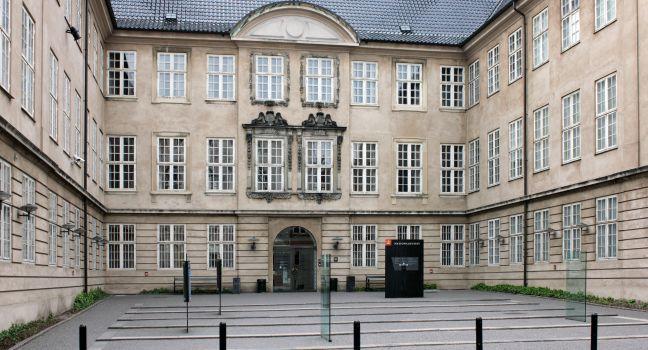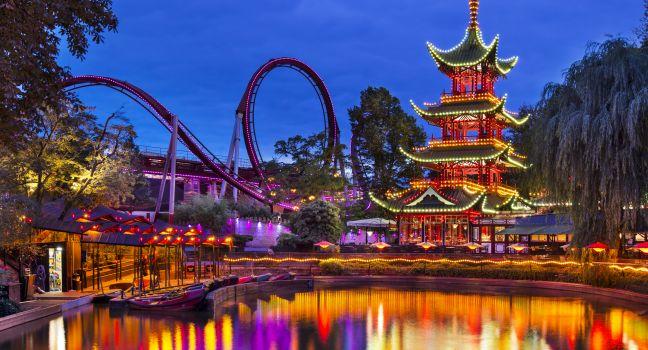City Hall Square is dominated by the 1905 mock-Renaissance Rådhus (City Hall). Architect Martin Nyrop's creation was popular from the start, perhaps because he envisioned that it should give "gaiety to everyday life and spontaneous pleasure to all." A statue of Copenhagen's 12th-century founder, Bishop Absalon, sits atop the main entrance.
Besides being an important ceremonial meeting place for Danish VIPs and a popular wedding hall for locals, the intricately decorated City Hall contains the first world clock. The multi-dial, highly accurate, astronomical timepiece has a 570,000-year calendar and took inventor Jens Olsen 27 years to complete before it was put into action in 1955.
Topped by two Vikings blowing an ancient trumpet called a lur, the Lurblæserne (Lur Blower Column) displays a good deal of artistic license—the lur dates from the Bronze Age, 1500 BC, whereas the Vikings lived a mere 1,000 years ago. City tours often start at this landmark, which was erected in 1914.







